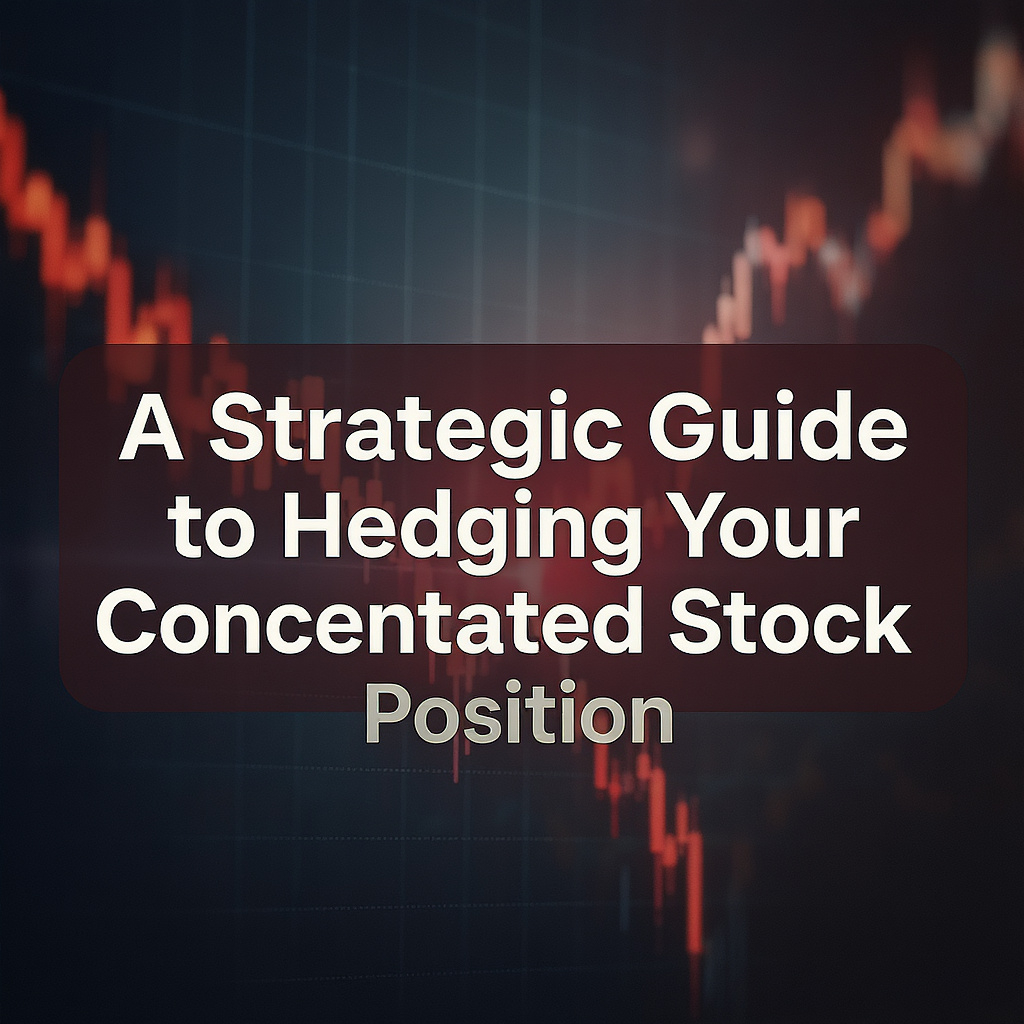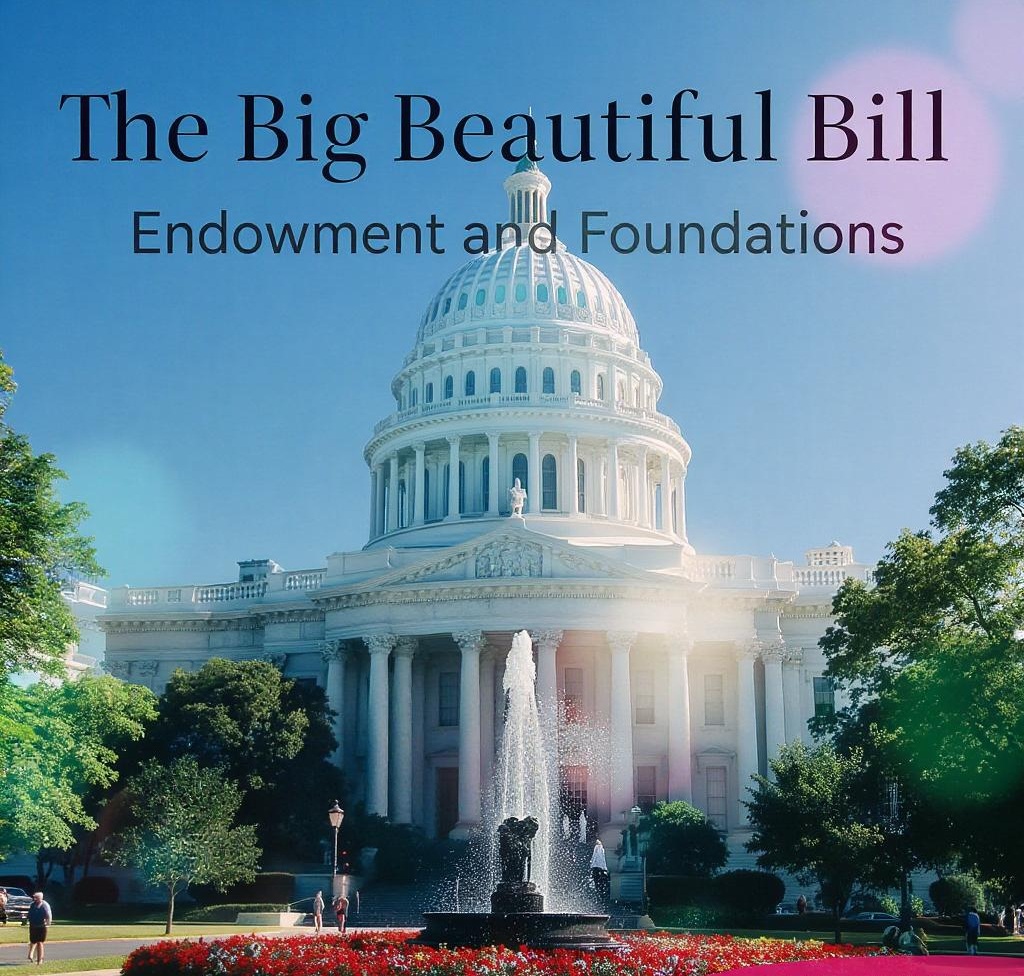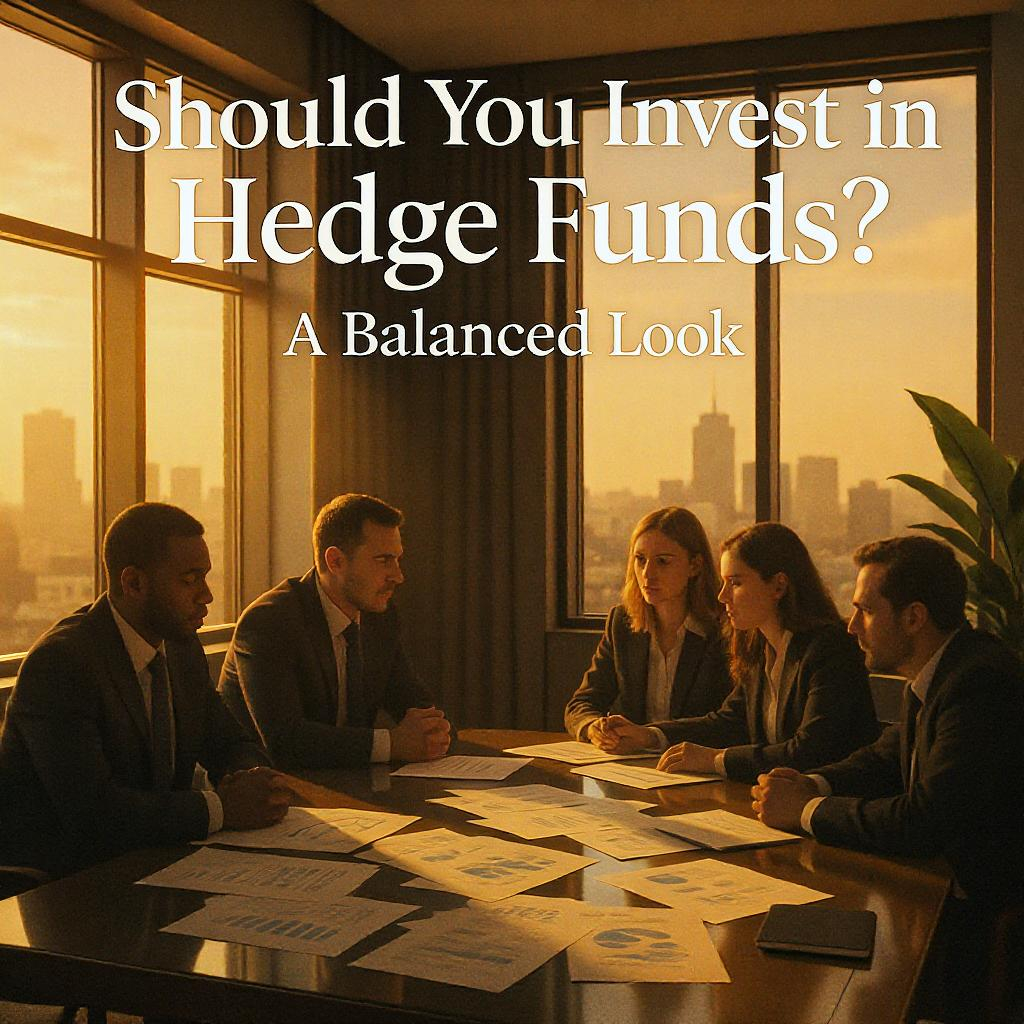When it comes to investing, the age-old debate of active management versus passive management isn’t just about personal preference; it’s deeply tied to the unique characteristics of different asset classes and how efficient their markets are. Understanding where each approach shines can be a game-changer for optimizing returns, managing risk, and keeping costs down.









